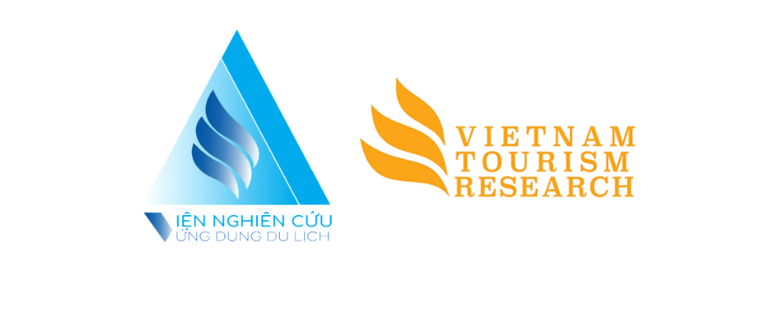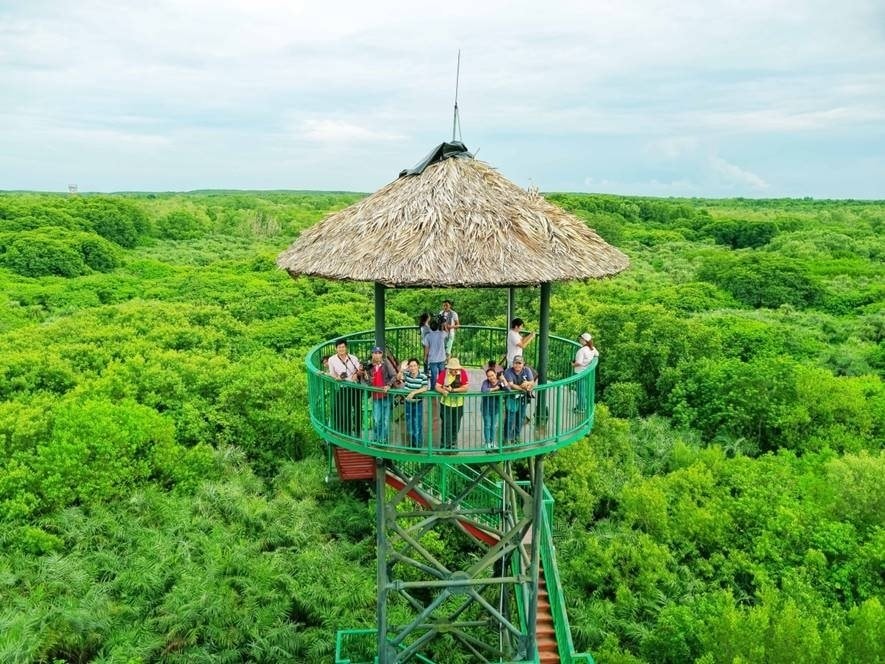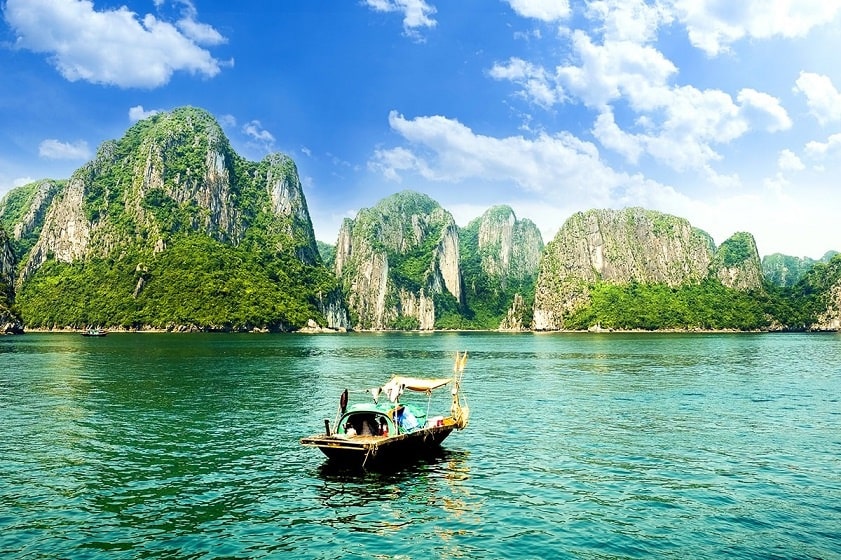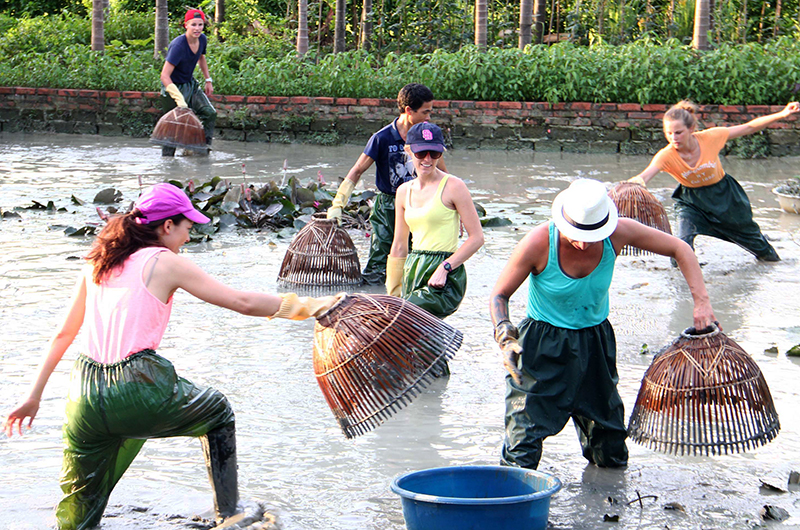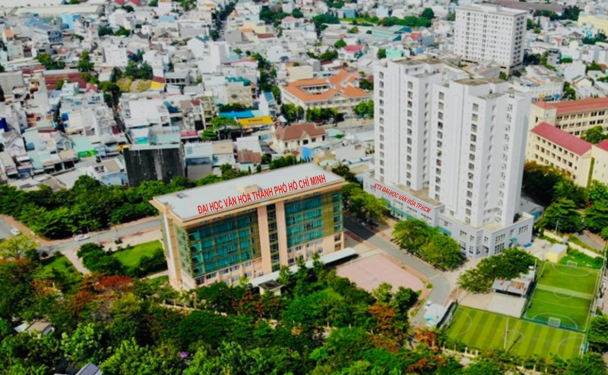This post is also available in:
Tiếng Việt (Vietnamese)
This article provides an in-depth analysis of green tourism as both an inevitable trend and a strategic imperative in the post-pandemic restructuring of the global tourism industry. Drawing on tourist behavior research, policy drivers, and market responses, it offers a comprehensive view of how tourism can minimize environmental impact, stimulate local economies, and promote social equity through sustainable travel.
Tourism Is Not Truly “Green” When Judged by Appearance Alone
Tourism has long been praised as a “smokeless industry” for its ability to generate employment, drive GDP growth, and support economic transformation. However, the overall picture is far from pristine. Overcrowding at historical cities and ecological sites has led to pollution, environmental degradation, and the erosion of local identity.
Unregulated “cultural consumption” is commodifying heritage and turning nature into an exploitable playground. In this context, green tourism – or sustainable, responsible tourism – is no longer a moral choice but a survival strategy.
Redefining “Green”: The Three Pillars of Sustainable Tourism
According to the UN World Tourism Organization (UNWTO), a tourism model is considered sustainable when it meets three key criteria:
-
Environmental Impact Reduction: Optimizing transport, conserving water and energy, reducing waste and carbon emissions.
-
Local Economic Benefit: Prioritizing services and products provided by local communities.
-
Positive Social Outcomes: Connecting and supporting local residents, ensuring equity, and respecting cultural heritage.
In practice, a “green traveler” makes conscious choices that align with all three pillars throughout their journey.
The Rise of the Conscious Traveler: Changing Behavior and Growing Motivation
A 2021 global survey by Booking.com revealed:
-
46% of respondents said the COVID-19 pandemic made them reconsider how to travel more sustainably.
-
Yet 50% found it difficult to access information or implement sustainable travel practices.
This highlights a significant “intention-action gap” — and a strategic opportunity for the industry to redesign travel experiences by offering accessible choices and transparent communication.
An Industry in Transition: Three Critical Fronts
Minimizing Environmental Impact
-
Aviation: The International Air Transport Association (IATA), representing over 290 airlines, has pledged to achieve net-zero emissions by 2050. Sustainable Aviation Fuel (SAF) is increasingly replacing fossil fuels. A single transatlantic flight can emit as much CO₂ as a car does in a year — making carbon offsetting an increasingly popular solution.
-
Accommodation: Sustainable hotels are now highlighted on platforms like Booking.com and Agoda. Green criteria include water-saving, renewable energy, plastic reduction, and food waste management. Certifications from GSTC, EDGE, and LEED offer travelers credible benchmarks.
Supporting Local Economies
The rise of “travel like a local” is encouraging travelers to avoid over-commercialized destinations and embrace authentic experiences:
-
Eating at local eateries rather than international chains.
-
Staying in homestays or guesthouses instead of resorts.
-
Purchasing crafts directly from local artisans.
Platforms like Airbnb Experiences, Klook Local Tours, and TripAdvisor are connecting tourists with community-based services, redistributing economic benefits and reducing revenue leakage.
Social Impact and Ecotourism
Often overlooked, social impact is at the heart of sustainable development. Unchecked tourism can:
-
Inflate land and living costs.
-
Create consumer bubbles alien to local needs.
-
Undermine cultural identity by imposing foreign lifestyles.
Ecotourism and Community-Based Tourism (CBT) offer scalable solutions. Destination Management Organizations (DMOs) play a pivotal role — from managing visitor flows to partnering with local guides and educating tourists about sustainable behavior.
Green Actions Must Be Told: The Role of Strategic Communication
Paradoxically, over 70% of service providers report engaging in green practices, yet 30% fail to communicate these efforts.
In a behavior-driven economy, where decisions are shaped by information, this is a strategic shortfall. Labeling eco-friendly options not only facilitates decision-making but also inspires a ripple effect among other stakeholders.
Greenwashing Awareness: A Shared Responsibility
Some businesses exploit the green trend with misleading marketing. Buzzwords like “eco-friendly” or “green hotel” often lack clear standards. Therefore:
-
Tourists should verify claims and look for certifications.
-
Tools like Google’s Sustainability Badge or Booking.com’s Sustainable Label should be widely adopted.
-
Media and influencers can help verify, amplify, and clarify sustainable claims.
Green Is Not a Choice – It Is an Evolutionary Obligation
In an era marked by climate crisis, social inequality, and heightened consumer awareness, green tourism is the only viable path forward. It is the answer:
-
For beaches eroded by overtourism.
-
For communities excluded from tourism value chains.
-
And for the planet we all share — hosts and visitors alike.
The future of tourism lies not in the number of trips, but in the quality of impact each journey leaves behind. And you — the traveler, the tourism professional, the policymaker — are the agent of that transformation.
